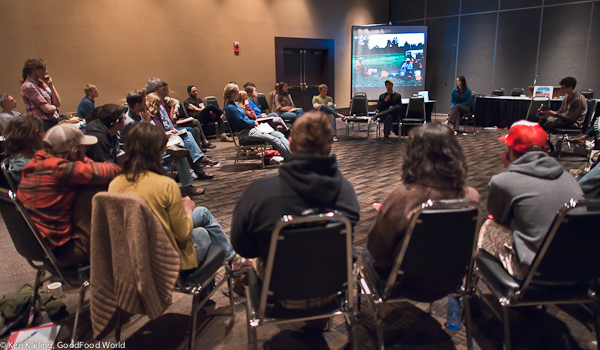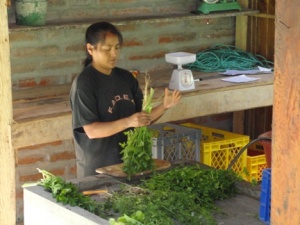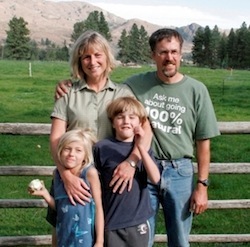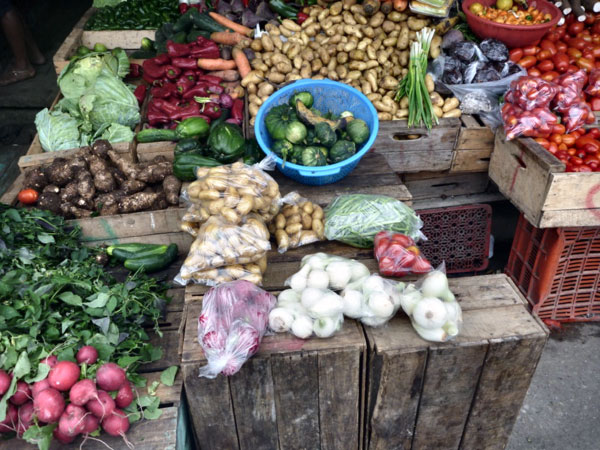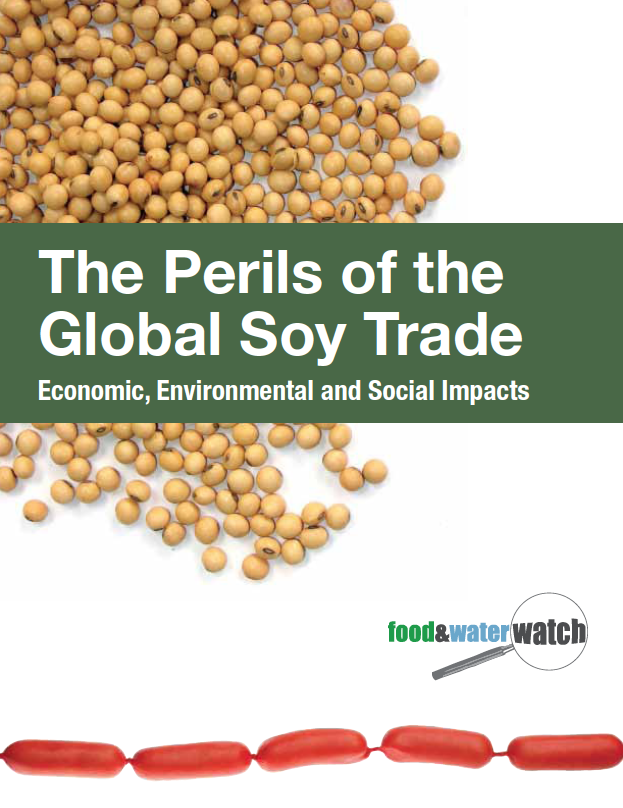Where have all the farmers gone?
We’ve got young people who want to farm, but they can’t. When the New York Times recognizes that an industry is in trouble, it is time to correct the problem – fast! We’ve got a cadre of tough, energetic, smart and dedicated young people who want to farm. They’re ready! All we need to do now is give them the financial support they need to do the job.

